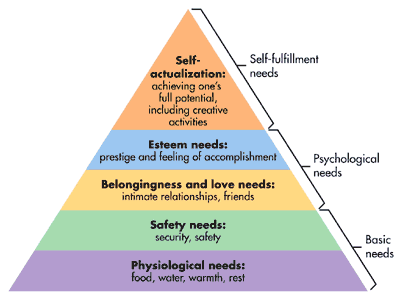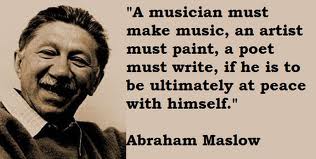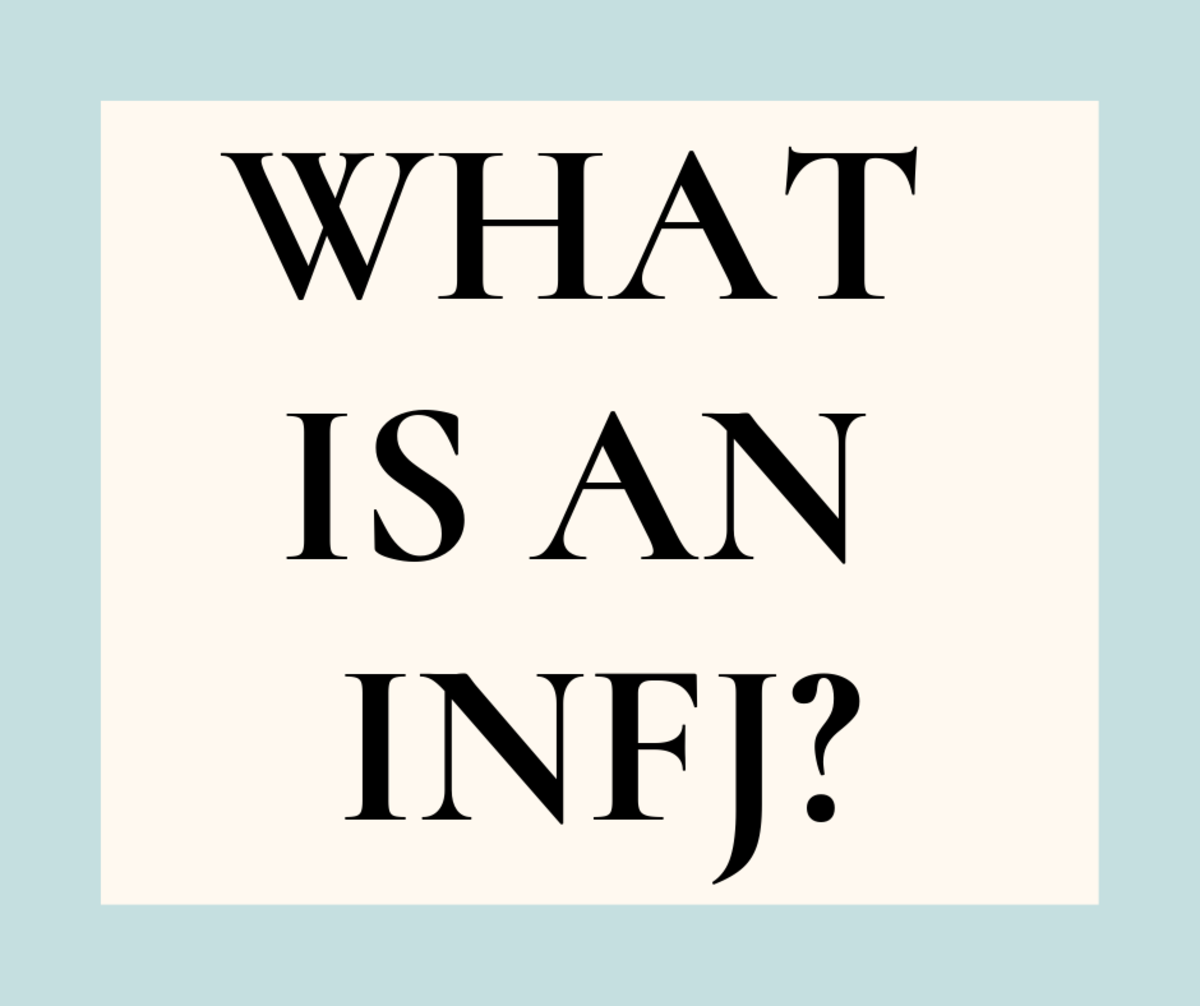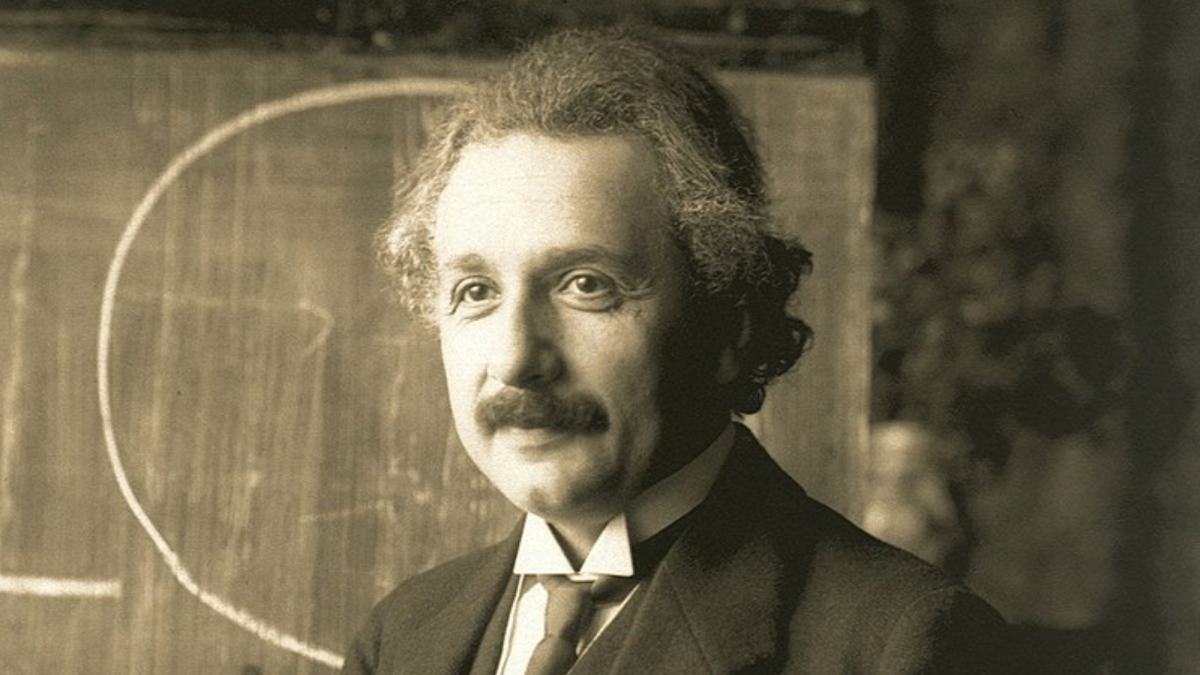Understanding Maslow's Hierarchy of Needs
Simple Hierarchy

There was a debate in the psychologic world in the early 20th century. Different psychologists claimed people needed to do different things to become happy or to reach their full potential. For example, psychoanalysts claimed the fulfilment of individuals would be in satisfaction while behaviorists described the importance was in physiological needs with food, sleep, and sex.
One psychotherapist considered the question with a new approach. He examined human experience by looking at the things that are most important to us. These include love, hope, faith, spirituality, individuality, and existence. After pondering the question and his observations, he developed a theory called the Hierarchy of Needs. This theory is used openly in psychology and sociology today, though it is also popular in marketing. Psychology has proven that not everyone goes up the pyramid level by level. Sociology believes in the pyramid while marketing focuses on the heirarchy of needs to sell more products.
Think of a pyramid. There is a large layer on the bottom, the base that holds the rest up. This base must be strong and solid for the rest of the layers to be built on. Much like a pyramid, the bottom layer is the base of what humans need in life. To reach the next layer of the pyramid, an individual must fulfill every need on the bottom layer. This might seem a little difficult since there are eight layers. Yet some individuals have reached the highest level that a human can become and they have been the best they can be.
Level One: Physiological
The base level of the Hierarchy of Needs is known as a deficiency need. If one of these needs are lacking, then the entire pyramid colapses and goes back to this stage to rebuild. In this level exists air, food, drink, sleep, warmth, and exercise. It is also debated that sex should be in this area as well.
Level Two: Safety
This level deals with security, having the individual feel safe. They must have stability and shelter to feel comfortable. Also in this area consists of feeling fine money-wise and in employment.
Level Three: Love and Belongingness
This is the social level. Here is where society begins to exist in the pyramid structure and influence the individual. On the third level, individuals focus on acceptance in society and enjoying friendships. They also help their relationships and enjoy intimacy.
Level Four: Self-Esteem
It is interesting that Maslow placed the self-esteem area above love and belongingness. Perhaps he knew that relationships should be over ourselves. Here lives our achievements, what we are proud of. Our recognition of ourselves, the ability to view ourselves from a different perspective. Also, there is respect for others and ourselves.
Level Five: Cognitive
Once the lower four levels of deficiency needs are fulfilled and met to our satisfaction, we can move on to the growth needs. These needs make us better, improve us as a person. Cognitive stands as learning mainly. This is where we focus our knowledge and understanding. When we branch out to further educate ourselves, we have reached the cognitive level.
Level Six: Aesthetic
After focusing on our education, Maslow placed aesthetic in the growth levels. Though this might seem more linked to love and belongingness based off of society, aesthetic arts should be focused after our education. Here exists beauty which involves art and beauty. Also hidden in this level consists of order and symmetry.
Level Seven: Self-Actualization
For years, self-actualization was the top level that a person could ever reach. It was believed to be the area where someone could finally reach their full potential in life. They have gone through each of the levels and completed them to their satisfaction. Now is the time for them to focus on their purpose in life, to push themselves to the limit.
Level Eight: Self-Transcendence
Near the end of his life, Maslow added the eighth level of the pyramid. Above self-fulfullment exists self-transcendence. The highest level now, an individual focuses on helping others. In helping people, they connect with something outside of themselves in aiding others. They feel as if they are apart of something bigger than themselves and reach a new level of being human.

Who?
Abraham Maslow was bron in New York City as the eldest of seven children. Growing in a Jewish household, his parents had high expectations and forced him to study law until 1928. At this point, he decided to take his life into his own hands and studied psychology instead. During the same year, he went against his parents wishes again to marry his cousin. Maslow worked under Harry Harlow (known for his work with primates) and later with Alfred Adler as his mentor.






